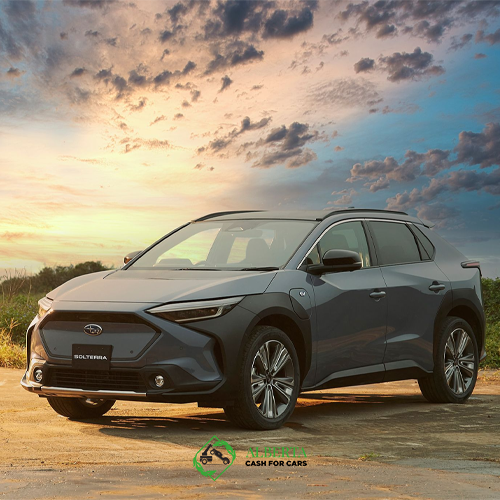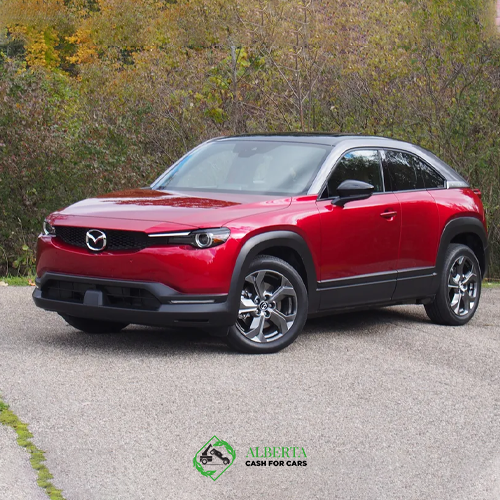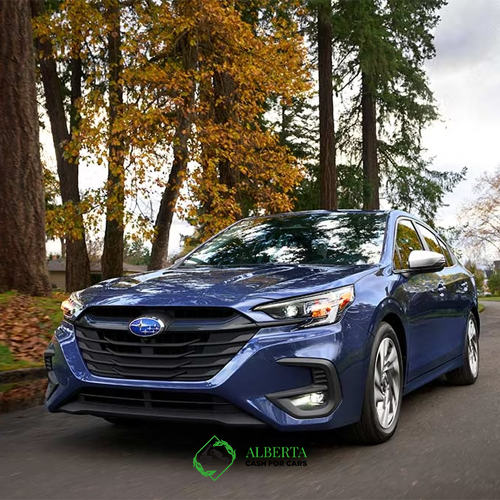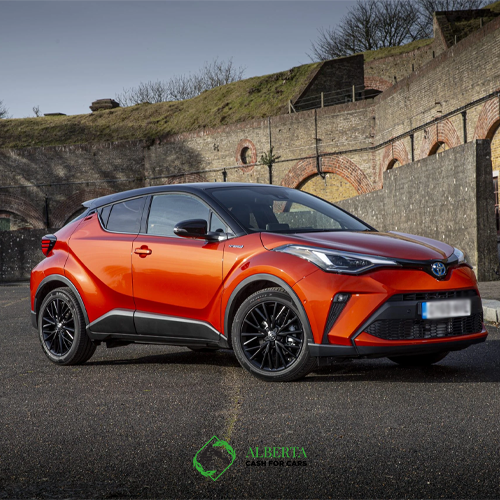Many vehicles fail for various reasons. Factors such as questionable styling, poor quality, disappointing performance, or a combination of these factors may lead to the creation of a list of the ugliest cars. In this article on Cash for Cars Calgary, we tried to list the Worst-Selling Vehicles in Canada for you so that you can make the right decision.
No Hassle, Just Cash — Book Your Free Pickup or Quote Today!
Worst-Selling Vehicles in Canada
Here is a list of the Worst-Selling Vehicles in Canada:
Toyota Venza
This car was previously used as a wagon from 2009 to 2016. It was also considered a hybrid crossover and was among the good ideas to buy. But after decent initial sales in 2021, the volume dropped and it is one of the Worst-Selling Vehicles in Canada. Its return as a hybrid crossover was promising, but it struggled to capture the market amidst strong competition from other SUVs. One significant challenge was its elevated price point in comparison to competitors, which prompted potential buyers to consider alternative options. Moreover, its interior design and features lacked sufficient innovation to justify the premium.
Subaru Solterra
This car is among the top 10 compact cars from common brands in Canada. Unlike the all-electric model of this car, the fully gas-powered Outback and Crosstrek had over 2,000 sales per month in the first half of 2023. Despite its electric appeal, it hasn’t gained the same traction as other models in Subaru’s lineup, which continue to thrive with traditional fuel options. The limited availability of charging infrastructure in some regions may have also played a role in its underperformance. Furthermore, its relatively high price point compared to competitors has deterred many potential buyers.
Kia K5
It’s best to ignore the jump this model has made because it’s a moderate increase for Kia. This model was called the Optima in previous generations and is now part of the brand’s rapidly disappearing lineup. While Kia aimed to position the K5 as a bold replacement for the Optima, the shift hasn’t fully resonated with Canadian buyers looking for sedans. The decline in sales reflects the larger market shift away from sedans toward SUVs and crossovers. Additionally, the K5’s design and performance did not provide sufficient differentiation to maintain market share in a shrinking segment.
Subaru BRZ
It’s hardly a top-seller, and it goes in the opposite direction of its Toyota counterpart thanks to an iconic rear seat. With its current growth trajectory, this year could be its first full year on the market for the first time since 2013. Although it’s an enthusiast’s choice for its sporty appeal, its niche focus limits its appeal in a market leaning towards practical crossovers. Its two-door design and limited interior space make it less suitable for families or daily commuters. However, its precise handling and engaging driving dynamics continue to attract a dedicated fanbase.
Nissan Armada
When it comes time to compete with Detroit rivals such as the GMC Yukon, Chevrolet Tahoe, and Ford Expedition, which have dominated the market for years, it can be said that this model come up short. For a Nissan that currently costs more than $70,000 and hasn’t changed much since its introduction in 2017, that’s a pretty expected result. The product’s outdated technology and lack of significant updates make it challenging to justify the high price tag. In addition, its lower fuel efficiency compared to competitors adds to its challenges in the market.
Mazda MX-30
It seems that in 2023, there isn’t much demand for an all-electric car with hinged rear doors, a 100-mile range, and a price tag above $40,000. About 1,000 of this model have been sold in Canada from 2021 to early 2023. While it aims to attract eco-conscious buyers, its limited range and high price tag make it less competitive among more affordable electric options. The lack of a comprehensive fast-charging infrastructure intensifies the challenges faced by the product. Additionally, its distinctive design, which deviates from conventional preferences, has drawn criticism from potential buyers.
Toyota Sequoia
For this Tundra-based car, 2023 is an important year. No new model of this car has been made since 2008. To see all aspects, it should be said that General Motors replaced its full-size SUV models for the years 2007 to 2015 and 2021. But this car was never noticed in the full-size SUV market of General Motors and Ford. Despite being rugged and spacious, it struggles to gain traction in a segment dominated by more modern and fuel-efficient full-size SUVs. Its outdated design and lack of significant updates have made it less appealing to buyers seeking advanced technology and comfort. Furthermore, its high price and poor fuel economy further reduce its competitiveness in the Canadian market.
Toyota GR86
The rarity of this Toyota model compared to other sports cars, even more expensive models, helps to understand why many automakers have steered clear of this market. In the first half of 2023, Porsche sold about 300 Boxsters and Caymans, BMW sold about 400 units of the 2 Series, while the Porsche 911 volume reached 916 units. Its niche appeal as a lightweight sports car hasn’t been enough to compete with more mainstream or luxurious models in Canada.
Subaru Legacy
This car has not been very popular after the sales decline from 2021 to 2023, and its sales have declined again in the first half of 2023. Ford Fusion, Mazda 6, and Volkswagen Passat have recently disappeared from this market class, and the near disappearance of this model from the sales charts has raised doubts about its continued existence. Though it once held a strong position in the mid-size sedan market, it now faces the same market challenges that led to the discontinuation of similar models.
Jeep Renegade
This car, which is made in Italy and is sold in both domestic and international markets, has made a lot of noise so far, but it has usually shown itself to be unreal in Canada with low sales and low advertising support. Its unique styling and Italian roots haven’t resonated with Canadian buyers, who lean towards more familiar compact SUVs with better brand presence
Nissan Rogue
This model, which is usually Nissan’s best-selling car in Canada, is the car that the company likes to focus on the most. In 2017, a peak year for the Canadian auto sector, about 43,000 of the models were sold. But it was predicted that this sale would reach 16,000 units by 2023 and now it is one of the Worst-Selling Vehicles in Canada.
Subaru Crosstrek
This model, originally developed as a trim package for the Impreza, is Subaru’s best-selling vehicle in Canada. Of all Subaru Canada vehicles sold in the second quarter of 2021, only four were of this model. This number decreased to 3 out of 10 people this year.
Mazda 3
The current status of Mazda 3 is exactly similar to Mazda 6. Getting this car is getting harder and harder every day. In the second quarter of the year, Mazda experienced a terrible total loss, three times worse than the industry as a whole.
Kia Forte
In the second quarter of 2021, Kia Forte sales volume increased from the lowest point of pandemic car sales compared to last year. After a year, the number of Fortes produced reached a level lower than that of Kia.
Toyota C-HR
Toyota’s first entry into the front-wheel drive crossover market was the C-HR crossover. This model was on the edge of the class due to its strange appearance was not suitable for a family and the lack of a four-wheel drive system. Currently, Toyota has the Corolla Cross, which is the main competitor. For every lost sale of the C-CH model, Toyota sold just two Corolla Crosses in the second quarter of 2022.











